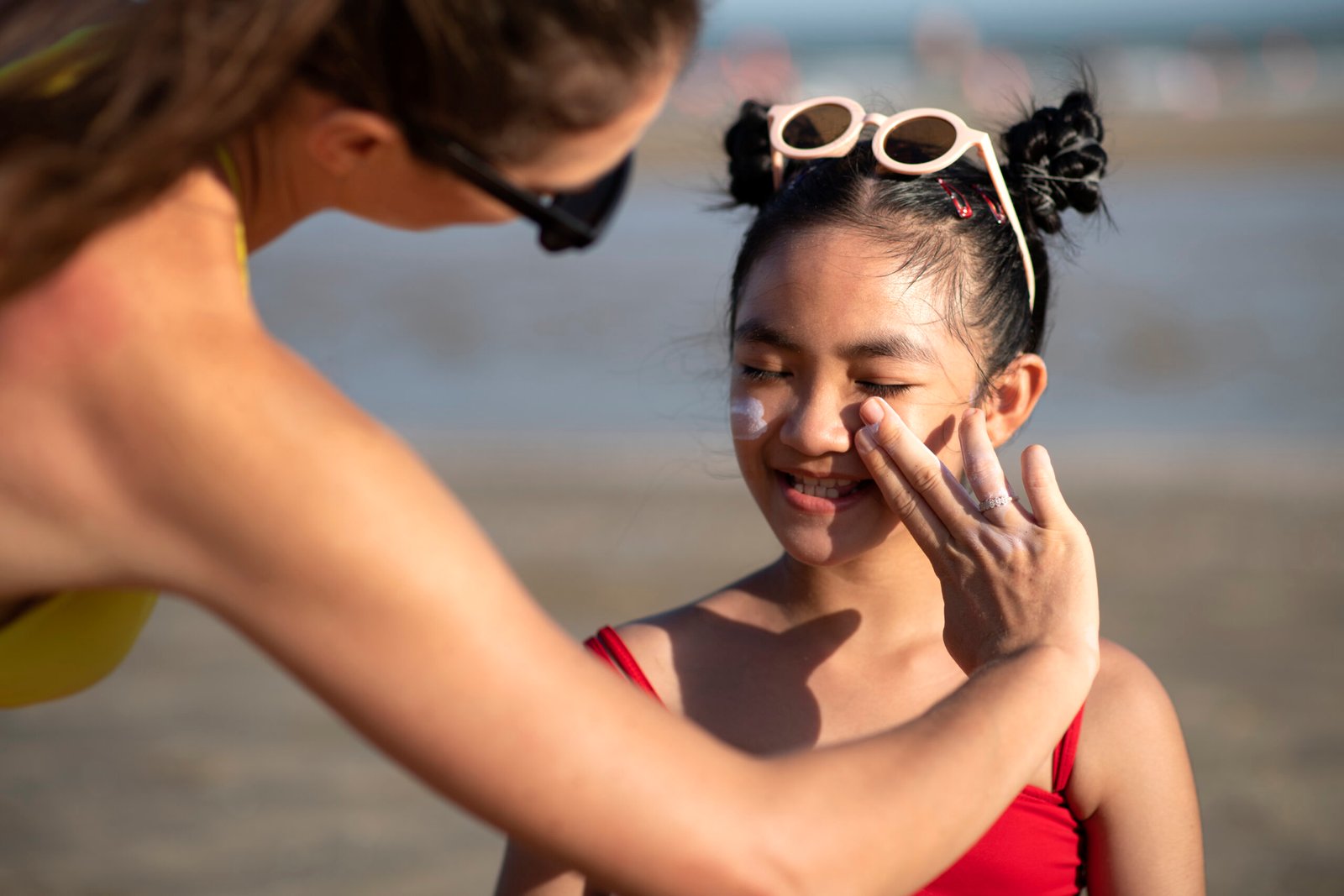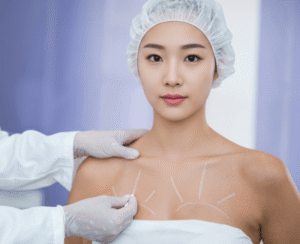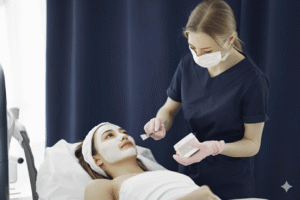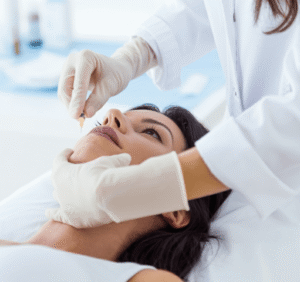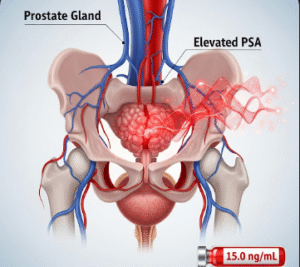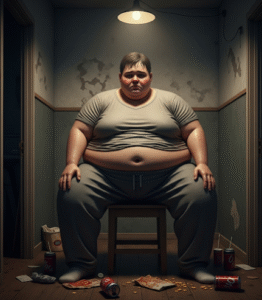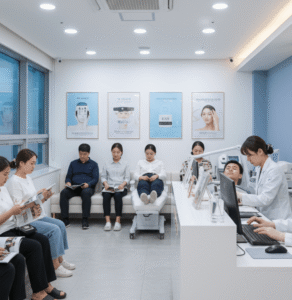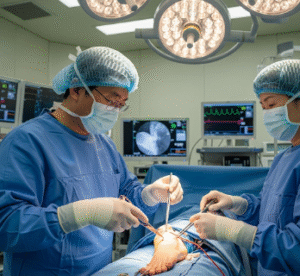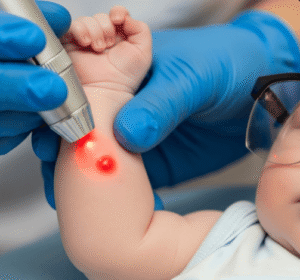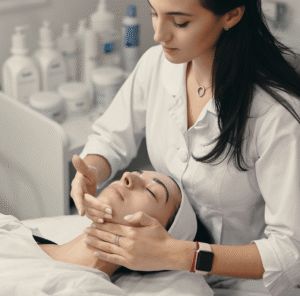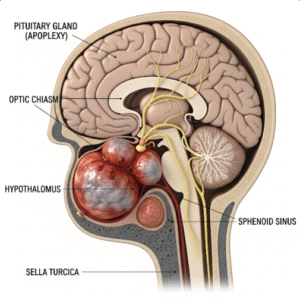Overview
Sunburn is a common skin condition caused by excessive exposure to ultraviolet (UV) radiation from the sun or artificial sources like tanning beds. It can cause redness, pain, swelling, and in severe cases, blistering and peeling. In Korea, especially during the hot summer months (June to August), UV levels can be high, making sun protection an important aspect of skin health and cancer prevention.
What is Sunburn?
Sunburn is an inflammatory skin reaction resulting from overexposure to UV rays. UVB rays primarily cause sunburn, while UVA rays penetrate deeper and contribute to aging and skin cancer. Even on cloudy days or in winter, UV radiation can still cause damage.
Sunburn typically appears a few hours after exposure and can take several days to heal, depending on severity.
Symptoms
- Redness and warmth of the skin
- Pain or tenderness to the touch
- Swelling
- Blisters (in severe burns)
- Peeling skin a few days later
- Itching
- Fever or chills (in extreme cases)
- Nausea and fatigue (with sun poisoning)
Causes
- Prolonged exposure to direct sunlight without protection
- Outdoor activities (beach, hiking, sports) during peak UV hours (10 AM–4 PM)
- Tanning beds or sun lamps
- Reflective surfaces (water, snow, sand) intensifying UV exposure
- Not reapplying sunscreen during outdoor activities
Risk Factors
- Fair skin or light hair/eyes
- History of sunburns or skin cancer
- Living in or visiting high UV index regions
- Outdoor occupations (construction, farming, delivery)
- Taking medications that increase photosensitivity (e.g., antibiotics, diuretics)
- Not using sun protection (e.g., sunscreen, hats)
- Children and elderly – more sensitive to sun damage
Complications
- Skin peeling and scarring
- Dehydration and heat exhaustion
- Sun poisoning – severe systemic reaction
- Increased risk of skin cancer (melanoma, basal cell carcinoma, etc.)
- Premature skin aging – wrinkles, dark spots
- Eye damage – cataracts, photokeratitis (sunburn of the cornea)
Prevention
Korean dermatologists emphasize the “triple sun protection strategy”:
1. Avoid peak sun hours
- Stay in shade from 10 AM to 4 PM
- Use umbrellas or stay under cover when outdoors
2. Wear protective clothing
- Use wide-brimmed hats, UV-blocking sunglasses, and long sleeves
- Many Koreans wear arm sleeves, visors, and UV face masks
3. Apply sunscreen regularly
- Use broad-spectrum sunscreen (UVA + UVB)
- SPF 30 or higher is recommended
- Reapply every 2 hours, or after swimming/sweating
- Apply 15–30 minutes before going outside
In Korea, many cosmetic brands such as Innisfree, Etude House, AHC, and Dr. Jart+ offer affordable and high-quality sunscreens suitable for daily use.
Treatment Options in Korea
1. Initial Home Care
- Cool compresses or baths to soothe the skin
- Moisturizers containing aloe vera or panthenol
- Drink plenty of water to avoid dehydration
- Avoid further sun exposure until skin heals
- OTC pain relievers like ibuprofen or acetaminophen for pain
- Do not pop blisters – risk of infection
Korean pharmacies (약국) sell over-the-counter sunburn creams such as:
- After-sun gel
- Aloe-based moisturizers
- Cooling sprays
- Hydrocortisone cream (mild steroid)
2. When to See a Doctor
Seek medical attention if:
- Blisters cover a large area
- Signs of infection (pus, red streaks)
- Severe pain, swelling, or fever
- Symptoms of heat stroke or sun poisoning
- Recurrent burns or unusual skin reactions
Hospitals like Gangnam Severance, Seoul National University Hospital, and Soonchunhyang Dermatology Clinics offer:
- Burn care treatment
- Topical corticosteroids
- IV fluids for dehydration
- Wound care for blistering and peeling
- Photodermatology services for recurring sun-related issues
3. Skin Cancer Screening
Frequent sunburns increase the risk of skin cancer. Korea offers skin cancer checkups at:
- Dermatology clinics
- National Health Insurance (NHIS) annual screenings for older adults
- Mole mapping and biopsy services if suspicious lesions are found

